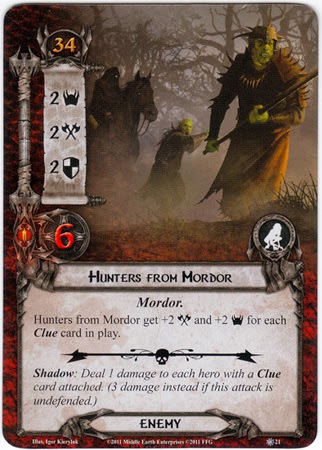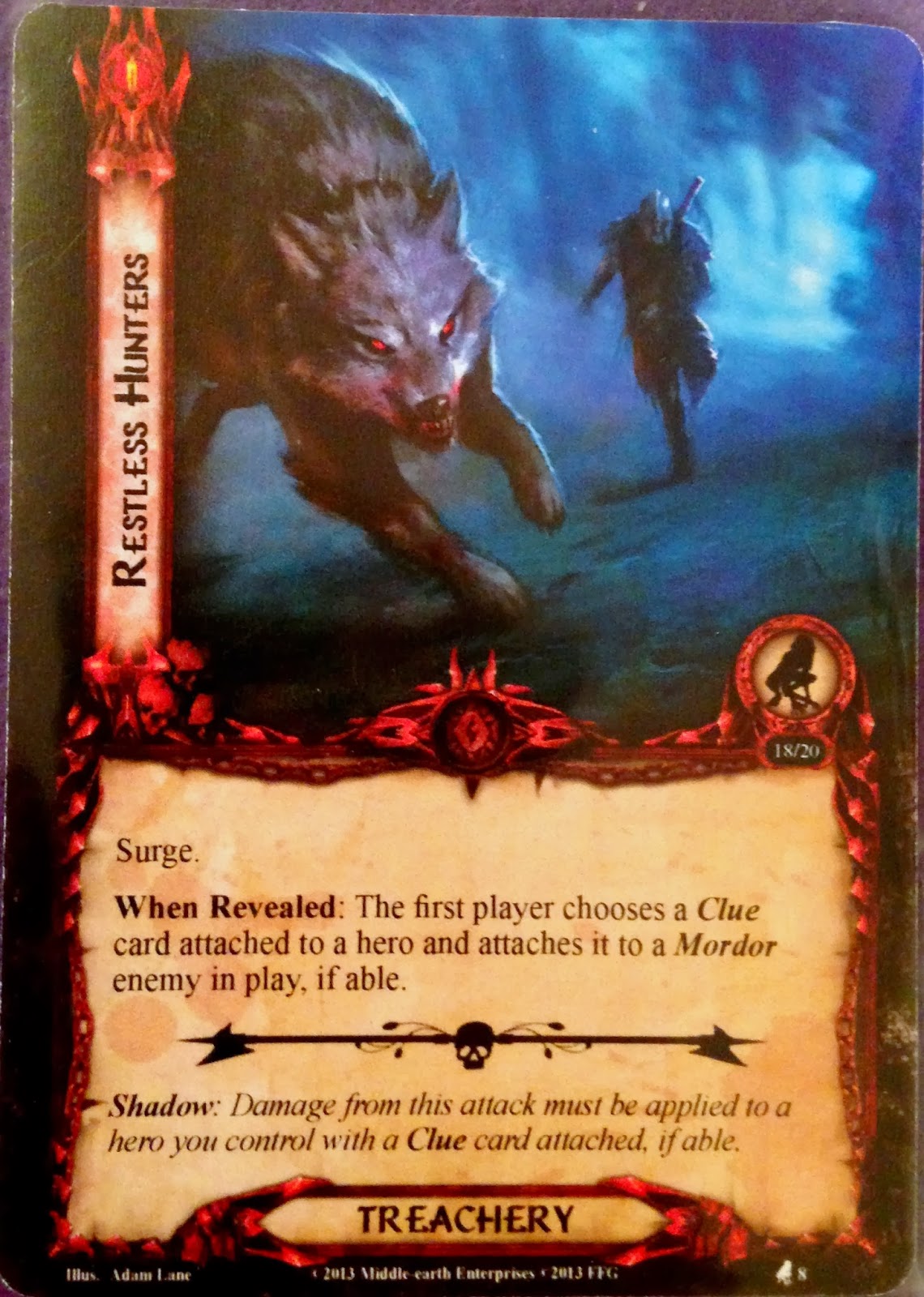"'Few now remember them,' Tom murmured, 'yet still some go wandering, sons of forgotten kings walking in loneliness, guarding from evil things that folk are heedless.'"
~ Tom Bombadil
The Fellowship of the Ring
Book I, Chapter VIII: Fog on the Barrow-downs
Throughout the Fellowship of the Ring, many of the characters within the Lord of the Rings story line begin their harrowing journeys, and though these journeys lead each protagonist in different directions before the end, their adventures often start out in good company. Upon a harrowing trek through the backwoods of the Shire, a sinister time in the Old Forest, and ghastly frights on the Barrow-downs, the hobbits finally make their way to the ominous town of Bree. The halflings proceed to enter the Prancing Pony Inn and acquire rooms for the night; however, they enjoy a bout of drinking leisurely a bit too much, and Mr. Underhill accidentally slips on the One Ring. A mysterious figure in the parlour drags the hobbits aside and quickly explains the dire realism of their situation. It isn't long before a few more scares happen, but eventually, the stranger, who goes by the name Strider, leads them out of Bree and into the wild...
One of the real joys of watching the Fellowship of the Ring motion picture is seeing the wilderness and natural setting of Middle-earth come alive on screen. As Strider leads the four hobbits away from Bree along the paths leading to Rivendell, a great diversity of habitats are seen, including Midgewater Marsh, which contains the most vile assortment of insects that Middle-earth has to offer. (What do they eat when they can't get hobbit?) The hobbits are hesitant to trust their new leader but agree that a true servant of the enemy would look fairer and seem fouler. At any rate, they trudge through the wilds and are forced to skip second breakfast on multiple occasions.
To coincide with this backwoods journey, the following player deck attempts to recreate the theme and personality of Strider and the hobbits as they carry forth on their eastward adventure.
- Heroes
- Allies
- Gandalf (3x)
- Arwen (2x)
- Ethir Swordsman (3x)
* A thematic sacrifice for the much needed willpower boost to this deck! - Haldir of Lorien (2x)
- Gildor Inglorian (2x)
- Bill the Pony (2x)
- Attachments
- Good Meal (2x)
- Unexpected Courage (2x)
- Silver Lamp (1x)
- Elf-Stone (2x)
- Fast Hitch (2x)
- Wingfoot (2x)
- Steward of Gondor (2x)
- Sword that was Broken (2x)
- Celebrian's Stone (2x)
- Cram (2x)
- Hobbit Cloak (1x)
- Events
- A Good Harvest (2x)
- A Test of Will (3x)
- Hasty Stroke (2x)
- Radagast's Cunning (2x)
- Secret Paths (2x)
- Rumor from the Earth (1x)
- Strider's Path (1x)
- Sneak Attack (3x)
First off, this deck contains remarkably fewer allies than normal. Usually, nearly half of my player decks are comprised of allies, but this time it only sums to 14. This is due to the fact that this deck is heavily driven by attachments. Likewise, for the most part, the attachments are aimed at greatly strengthening Strider's abilities, with the ultimate hope of expanding his influence into the Leadership and Spirit spheres.
 Speaking of attachments, this deck includes one that has not yet been released (it will be available once the Nin-in-Eilph adventure pack, the fourth of the Ring-maker Cycle, is in print.) This attachment is the unique, Lore-specific Wingfoot, which can only be attached to a Ranger hero. This title has the keyword: "Response: After attached hero commits to a quest, name enemy, location, or treachery. If a card of the named type is revealed during this questing phase, ready attached hero." Can you guess who this attachment is going on? That's right, Strider will become even more powerful with this ability. While this player deck purposely lacks any form of scrying (a mechanism that simply isn't high on my appeal chart,) Wingfoot will allow for the designation of enemy encounter cards, and if they emerge, then Strider can immediately be readied to deal with them during the combat phase. If instead a location or treachery arrives, then Strider won't be needed for his attack or defense anyways. This handy attachment really provides a win-win set of actions all at once.
Speaking of attachments, this deck includes one that has not yet been released (it will be available once the Nin-in-Eilph adventure pack, the fourth of the Ring-maker Cycle, is in print.) This attachment is the unique, Lore-specific Wingfoot, which can only be attached to a Ranger hero. This title has the keyword: "Response: After attached hero commits to a quest, name enemy, location, or treachery. If a card of the named type is revealed during this questing phase, ready attached hero." Can you guess who this attachment is going on? That's right, Strider will become even more powerful with this ability. While this player deck purposely lacks any form of scrying (a mechanism that simply isn't high on my appeal chart,) Wingfoot will allow for the designation of enemy encounter cards, and if they emerge, then Strider can immediately be readied to deal with them during the combat phase. If instead a location or treachery arrives, then Strider won't be needed for his attack or defense anyways. This handy attachment really provides a win-win set of actions all at once.
Half of the 14 allies in this player deck are quite expensive in their resource cost. But with that in mind, Haldir, Gildor, and Gandalf are all heavy hitters. To get them into the action quicker, Elf-Stone and Sneak Attack have been placed in the deck. Due to the lower amount of allies, the heroes will have many more responsibilities as well. Therefore, events and attachments such as Cram, Fast Hitch, and Unexpected Courage are present and intended to fulfill this purpose. Finally, tri-sphere decks are always inherently prone to suffer from lack of resources; thus, neutral player cards like A Good Harvest and Good Meal are aimed at making this process a bit more bearable until Strider can lend a hand to various spheres and churn out more resources with the Steward of Gondor attachment.
Hopefully Wingfoot is one of several new cards that are focused on the unique Ranger archetype. More specifically, however, it would be really fantastic to see more support for the Dunedain trait. As of now, both versions of Aragorn as well as Beravor are the only heroes that contain this trait, along with a handful of allies released very long ago. Overall, the Dunedain trait lacks any real character or unique attribute that sets it apart. The Signal attachments from the Leadership sphere are definitely interesting, but more recently they seem to be falling on their appeal, and they fail to create a definitive form of character development for Dunedain rangers.
Do you have ideas of what direction the Dunedain trait could (or should) take in the future? Based upon preliminary promises from the developers, it is definitely a strong possibility that it will be one of the many areas of focus throughout the Ring-maker Cycle. It certainly seems fitting that the Dunedain ranger trait should be focused on the mysterious aspects of nature as well as the continued development of signals, wanderings in the wild, and the like. What do you think?













































